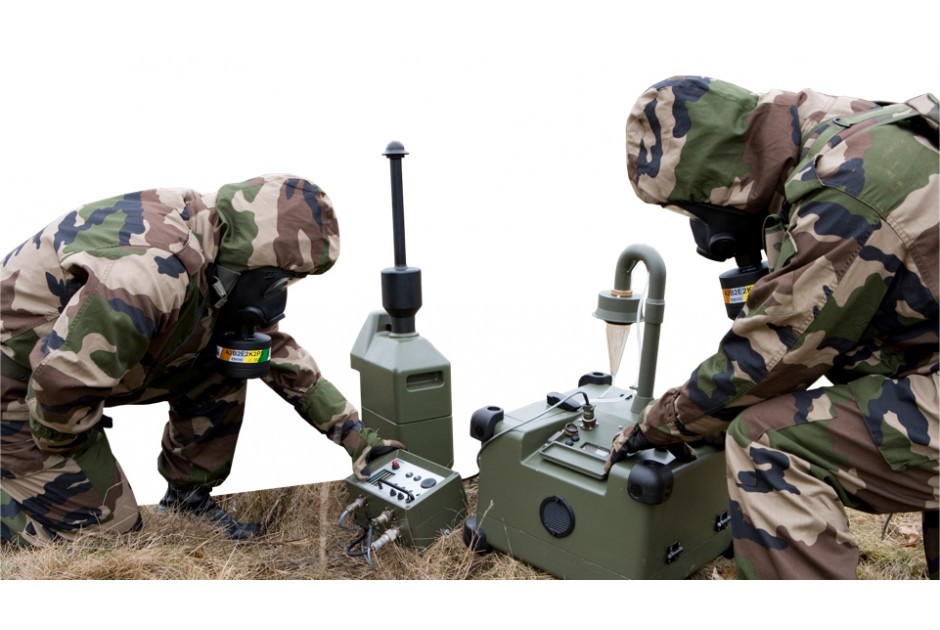EN 511 Protective gloves against cold thermal protection testing
The EN 511 standard provides a comprehensive framework for assessing the protective capabilities of gloves specifically designed to protect against cold environments. This standard is critical in ensuring that workers and military personnel operating in harsh conditions have adequate protection against frostbite, hypothermia, and other cold-related injuries.
Developed by European standards bodies, EN 511 focuses on thermal insulation properties, which are quantified using a standardized test to determine the time it takes for a specific temperature change (ΔT) in the hand. The standard applies primarily to gloves intended for use in environments where exposure to cold is a significant risk.
The testing process involves simulating real-world conditions that a user might encounter, including various levels of ambient and skin temperatures. Specimens are subjected to controlled thermal stress cycles designed to mimic actual usage scenarios. The results provide critical information on the effectiveness of the gloves in maintaining hand temperature under cold conditions.
For quality managers and compliance officers, understanding this standard is essential for ensuring that their products meet regulatory requirements and perform effectively in challenging environments. R&D engineers can leverage EN 511 to optimize glove design based on real-world data, while procurement teams need to ensure they are sourcing gloves from suppliers who adhere to these stringent testing protocols.
The importance of this standard cannot be overstated, particularly for those working in sectors where cold exposure is a constant risk. By adhering to EN 511, manufacturers can demonstrate compliance with international standards and enhance their reputation among end-users.
| Applied Standards | Description |
|---|---|
| EN 511:2017 | Standard for cold-protective gloves. |
| ISO/TR 8469 | Trial standard for thermal insulation testing. |
| Scope and Methodology | Description |
|---|---|
| Thermal Insulation Testing | The test involves subjecting gloves to a controlled thermal environment, measuring the time required for a specific temperature change in the hand. |
| Specimen Preparation | Gloves are pre-conditioned at ambient conditions before testing begins to ensure consistency. |
| Instrumentation | Thermocouples and other sensors are used to monitor temperature changes accurately. |
The methodology ensures that the gloves are tested under realistic conditions, providing a robust assessment of their protective capabilities. Compliance with EN 511 is mandatory for manufacturers in many countries, ensuring that products meet high safety standards.
Why It Matters
The protection provided by cold-protective gloves is paramount in preventing severe injuries from frostbite and hypothermia. Military personnel, emergency responders, and workers in cold environments are particularly vulnerable to these risks. By adhering to EN 511, manufacturers can ensure that their products not only meet regulatory requirements but also provide reliable protection under real-world conditions.
The standard's emphasis on thermal insulation testing ensures that gloves perform consistently across different environmental conditions, reducing the risk of cold-related injuries. This is crucial for maintaining operational readiness and ensuring safety in high-risk environments.
For quality managers and compliance officers, adherence to EN 511 is essential for maintaining product integrity and meeting regulatory expectations. R&D engineers can use the results from these tests to refine designs and improve performance continuously. Procurement teams must ensure that they source gloves from suppliers who comply with this standard, ensuring consistency in quality.
The importance of cold-protective gloves cannot be overstated. In sectors where personnel work in extreme conditions, such as military operations or cold weather rescue missions, the ability to maintain hand function and prevent injury is critical. EN 511 provides a standardized approach that ensures all products meet this essential requirement.





